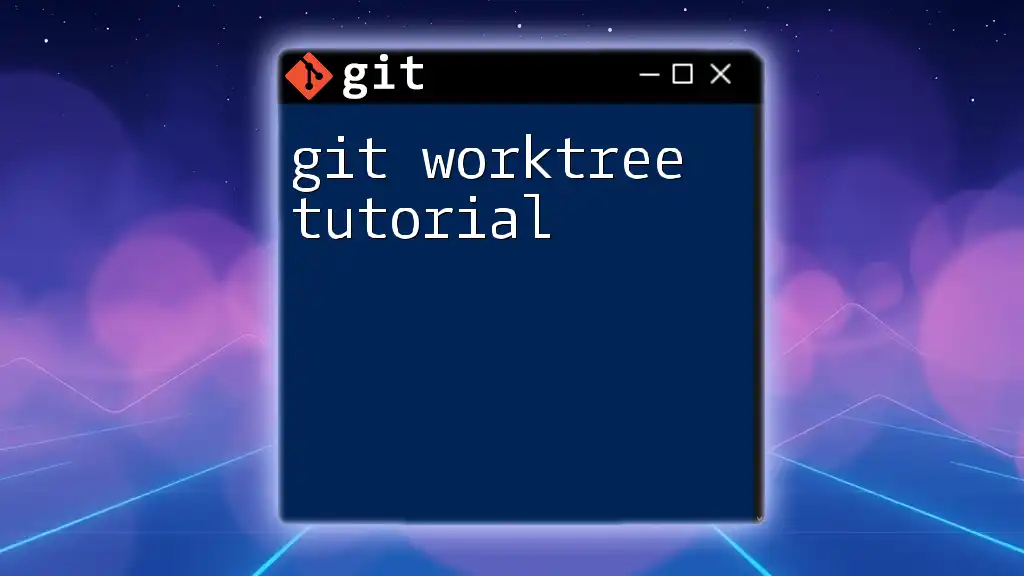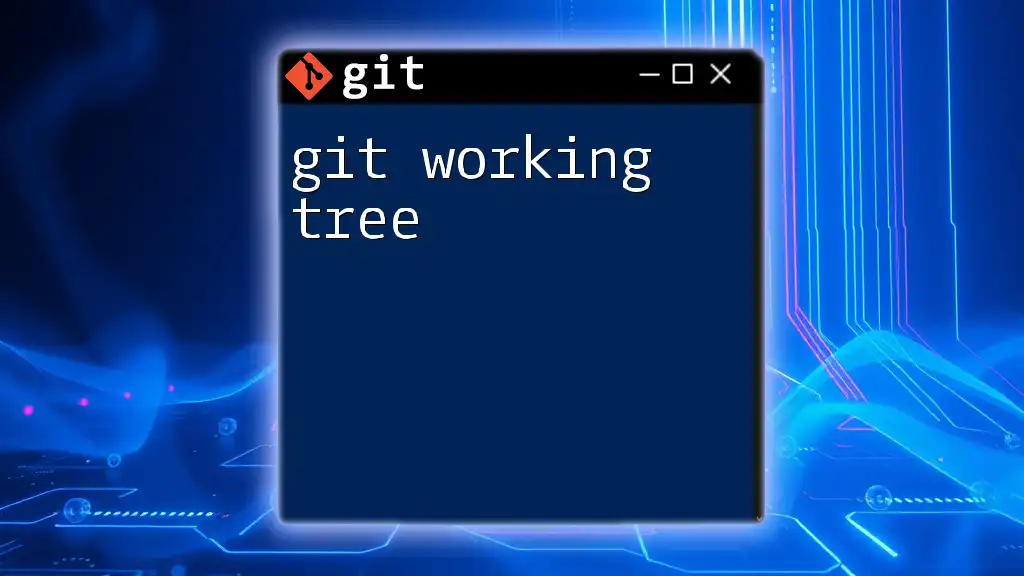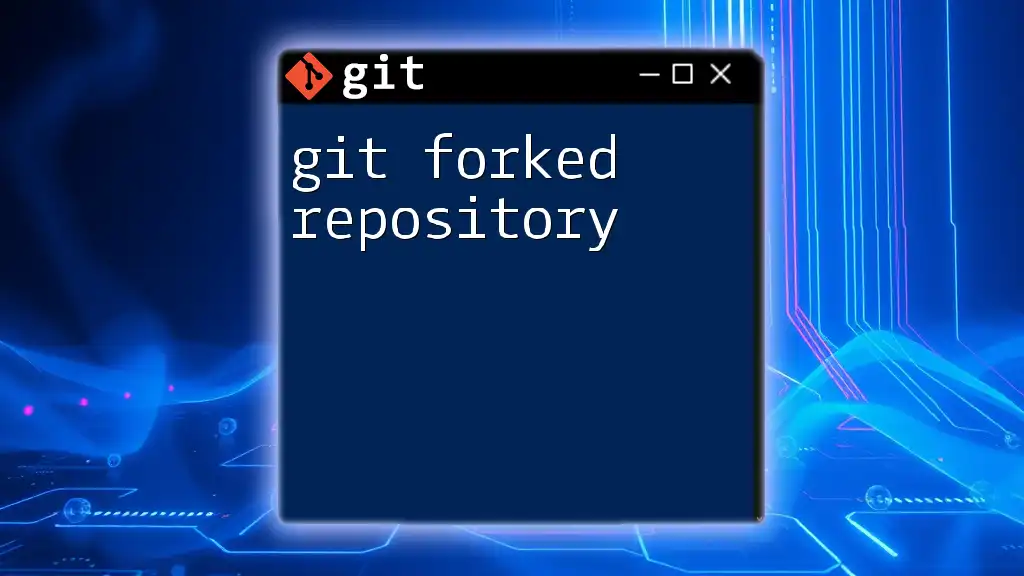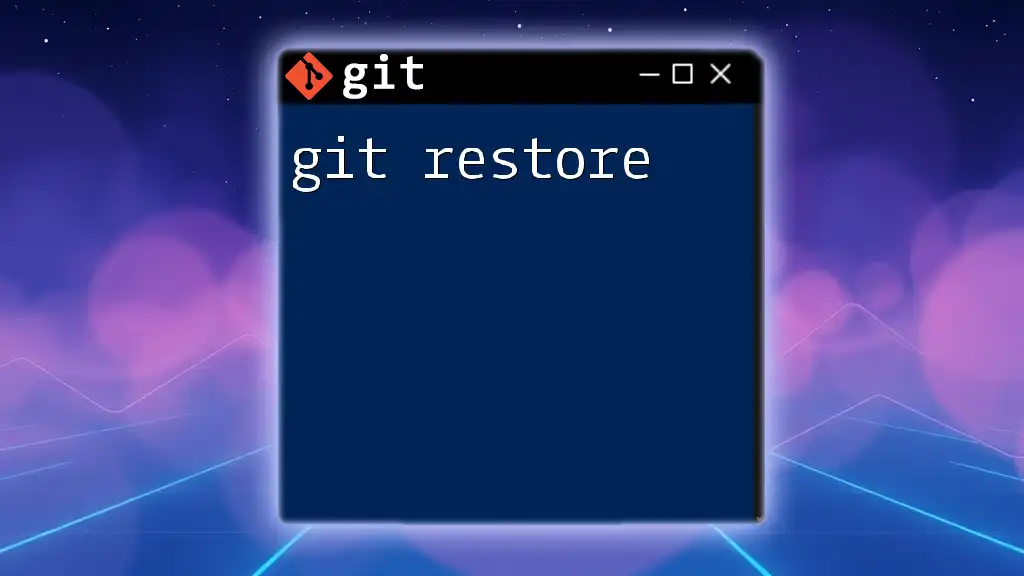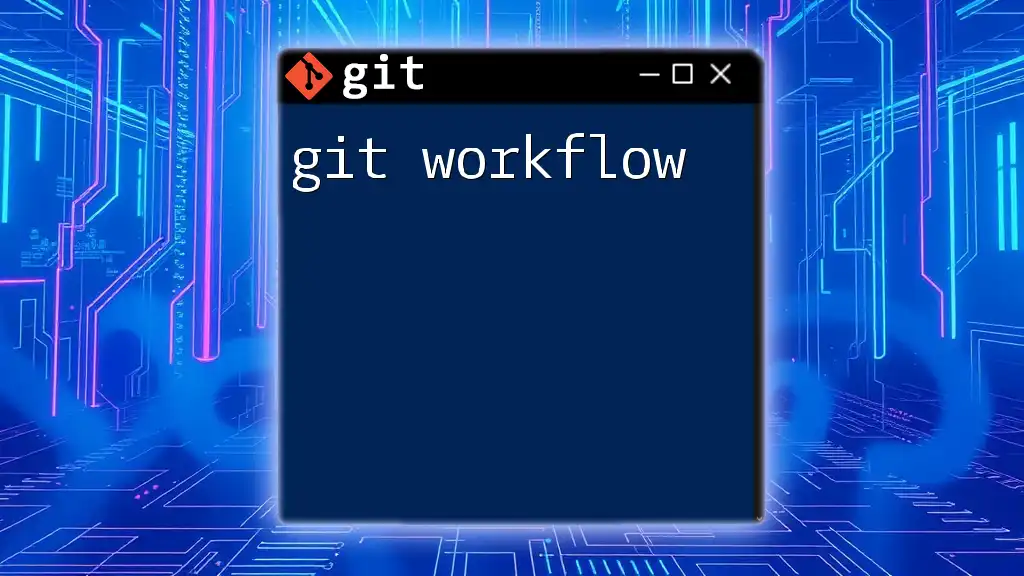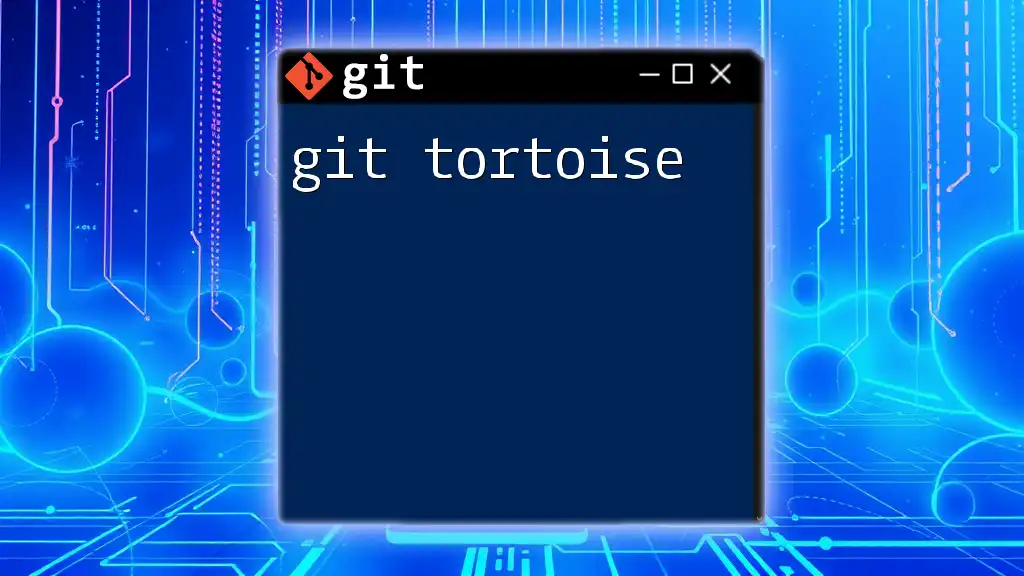A Git worktree allows you to check out multiple branches in separate directories, enabling you to work on different features simultaneously without affecting the main repository.
git worktree add ../feature-branch feature-branch
Understanding Git Worktrees
What is a Git Worktree?
A Git worktree is a powerful feature that allows you to check out multiple branches of the same repository within separate directories. Instead of cloning your repository multiple times, which consumes more disk space, worktrees enable you to have different working directories for each branch, streamlining your workflow and saving resources.
Benefits of Using Git Worktrees
By utilizing worktrees, you can enjoy several advantages:
- Reduced Disk Space Usage: Worktrees share the .git directory, thus taking up significantly less space compared to multiple clones of the same repository.
- Simultaneous Development on Multiple Branches: You can work on multiple features or fixes at the same time without the need to frequently switch branches in a single working directory. This means you can experiment in one worktree while continuing development in another.
- Simplified Context Switching: Switching between different tasks is made easier as each worktree can represent a different task, allowing you to stay organized and focused.
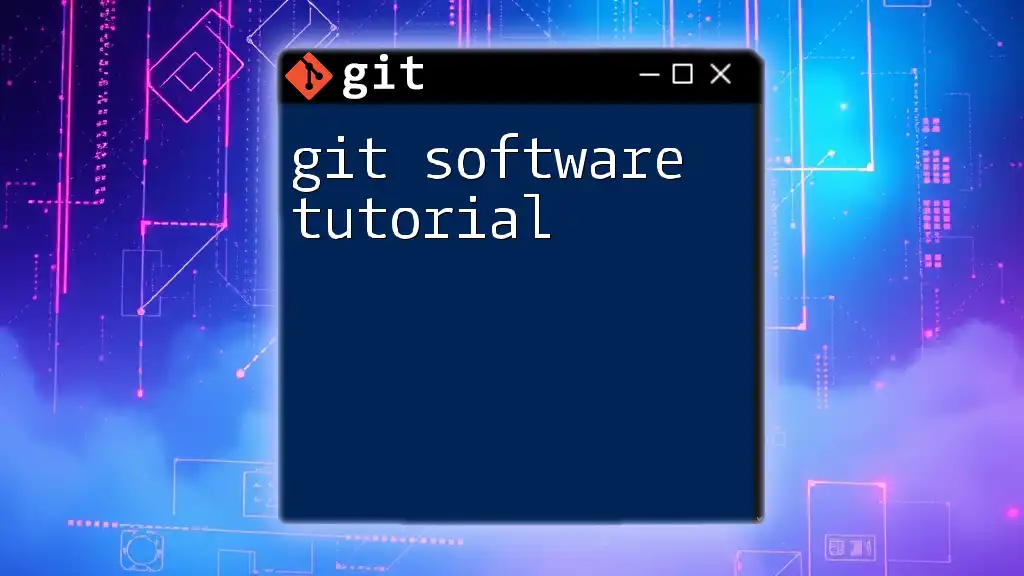
Getting Started with Git Worktrees
Prerequisites
Before getting started, ensure you have Git installed on your machine. You can check your version of Git by running the following command in your terminal:
git --version
Make sure you are using Git version 2.5 or higher, as worktrees were introduced in this version.
Setting Up Your First Worktree
To create your first worktree, you’ll need to decide on the branch you want to work on and a directory to create this worktree.
Creating a Worktree
To add a worktree, use the command:
git worktree add <path> <branch>
Example Scenario: Suppose you want to create a new worktree for a feature branch named feature located at ../feature-branch. You would run:
git worktree add ../feature-branch feature
This command will create a new directory at the specified path and check out the feature branch there. Now, you can freely work on this branch in isolation while keeping your main branch intact.

Managing Worktrees
Listing Existing Worktrees
To see all the worktrees associated with your repository, use:
git worktree list
This command displays a list of worktrees, detailing their path, currently checked out branch, and more. This information helps you quickly identify your working environments.
Switching Between Worktrees
Navigating between worktrees is as simple as changing directories in your terminal. If you have multiple worktrees, you can quickly switch to another directory to continue your work. It's essential to remember that each worktree represents a different context, so keep track of which feature or bug you are working on in each.
Removing Worktrees
Once you're done with a worktree, you can remove it safely. Use the following command:
git worktree remove <path>
Before removing a worktree, ensure that you do not have any uncommitted changes or outstanding merges. If the branch has been merged or is no longer needed, removing the worktree is straightforward, allowing your workspace to stay uncluttered.
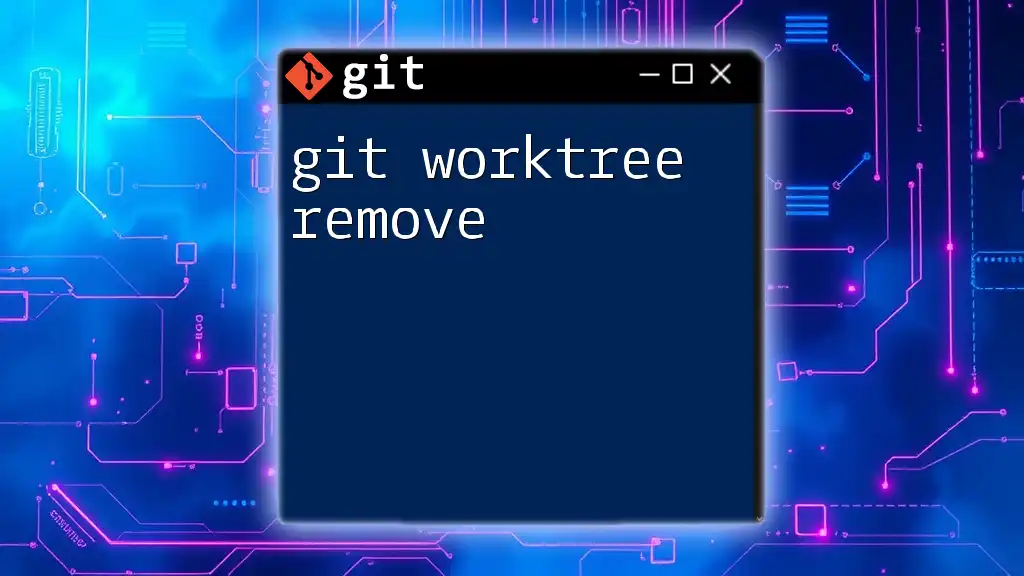
Common Use Cases for Git Worktrees
Feature Development
Git worktrees shine when developing features. Rather than switching branches back and forth and potentially introducing errors, you can create a dedicated worktree for each feature. For instance, if you have a login-form feature in development, create a worktree and work on it side by side with your main branch seamlessly.
Bug Fixes
Another use case is when you encounter a bug while working on a feature. By creating a worktree off the branch you’re targeting, you can directly address the issue without interrupting your feature development. You can quickly switch back when the fix is complete.
Experimenting with Code
Worktrees can also be handy for testing new ideas or experimenting with changes. Create a worktree for a specific experiment, allowing you to tinker without the risk of affecting the stability of your main branch or ongoing features.
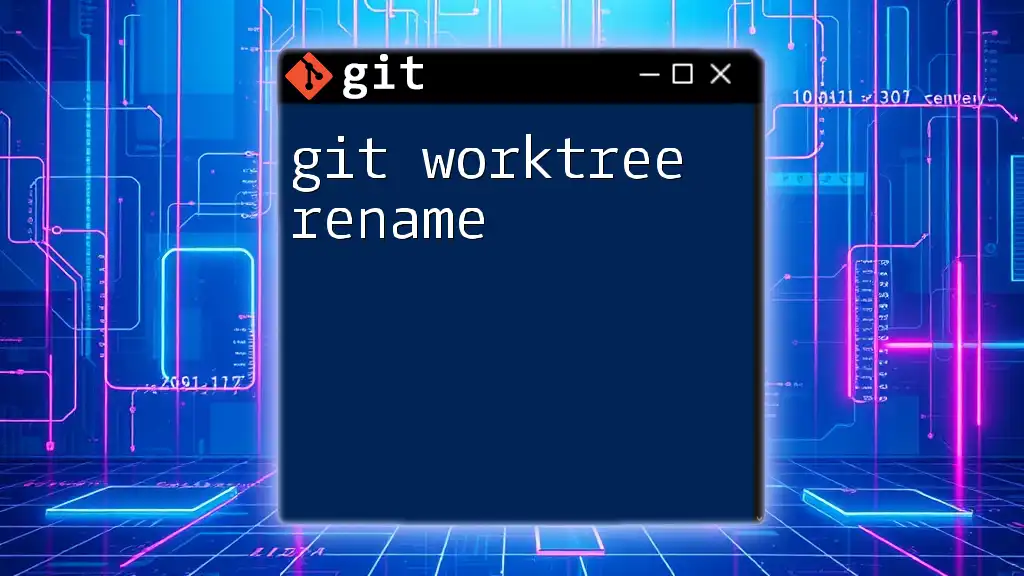
Troubleshooting Git Worktrees
Common Issues
While worktrees are powerful, you may encounter some common issues such as:
- Conflicts between worktrees: If changes are not properly merged back to the main branch, it could lead to inconsistencies.
- Path Issues: Make sure the path you specify for a worktree does not overlap with existing directories.
FAQ Section
- Why can’t I see my worktree? Ensure you are in the right directory and the worktree has been successfully created.
- Can worktrees share the same branch? No, each worktree must check out a different branch to maintain the purpose of isolation and efficiency.

Conclusion
Git worktrees are an invaluable tool for developers seeking a more organized and efficient workflow. By allowing you to work on multiple branches simultaneously, they can improve productivity and minimize the risk of errors.
If you're eager to deepen your knowledge, consider exploring additional resources, such as the official Git documentation or video tutorials, to further enhance your skills in using git worktrees.
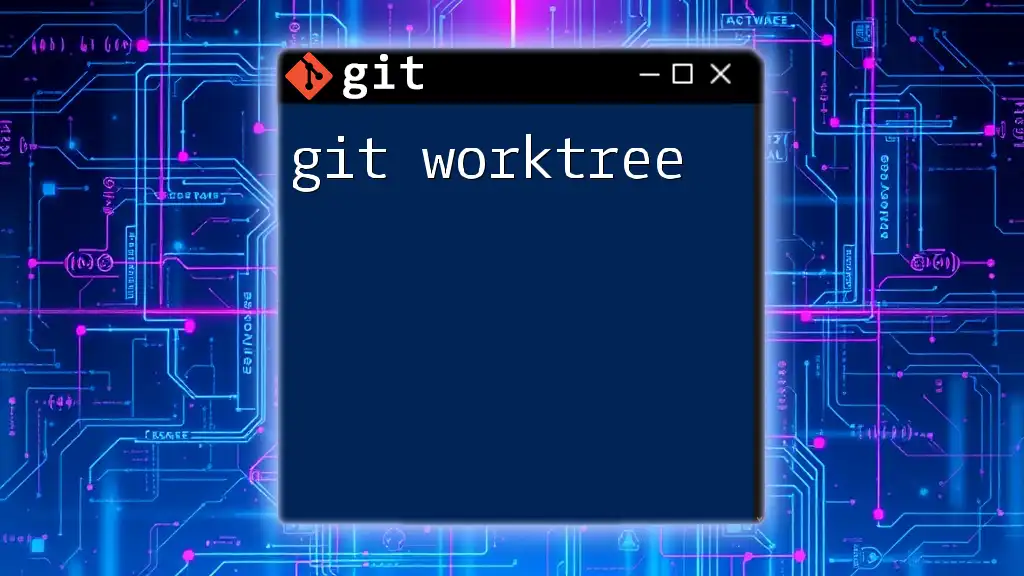
Call to Action
Have you tried using Git worktrees in your projects? Share your experiences in the comments below! If you're looking to sharpen your skills further, consider signing up for workshops or classes dedicated to mastering Git.

